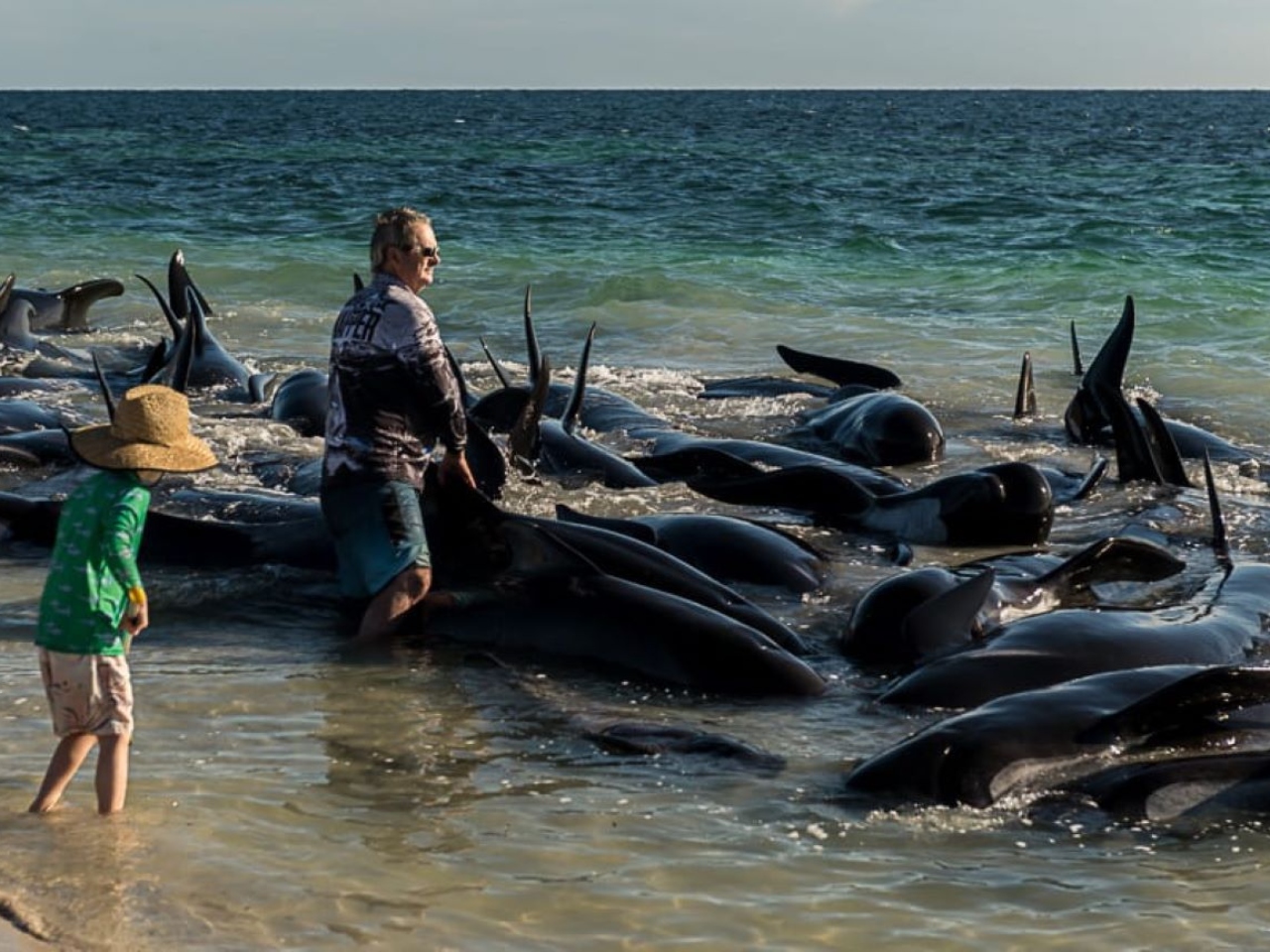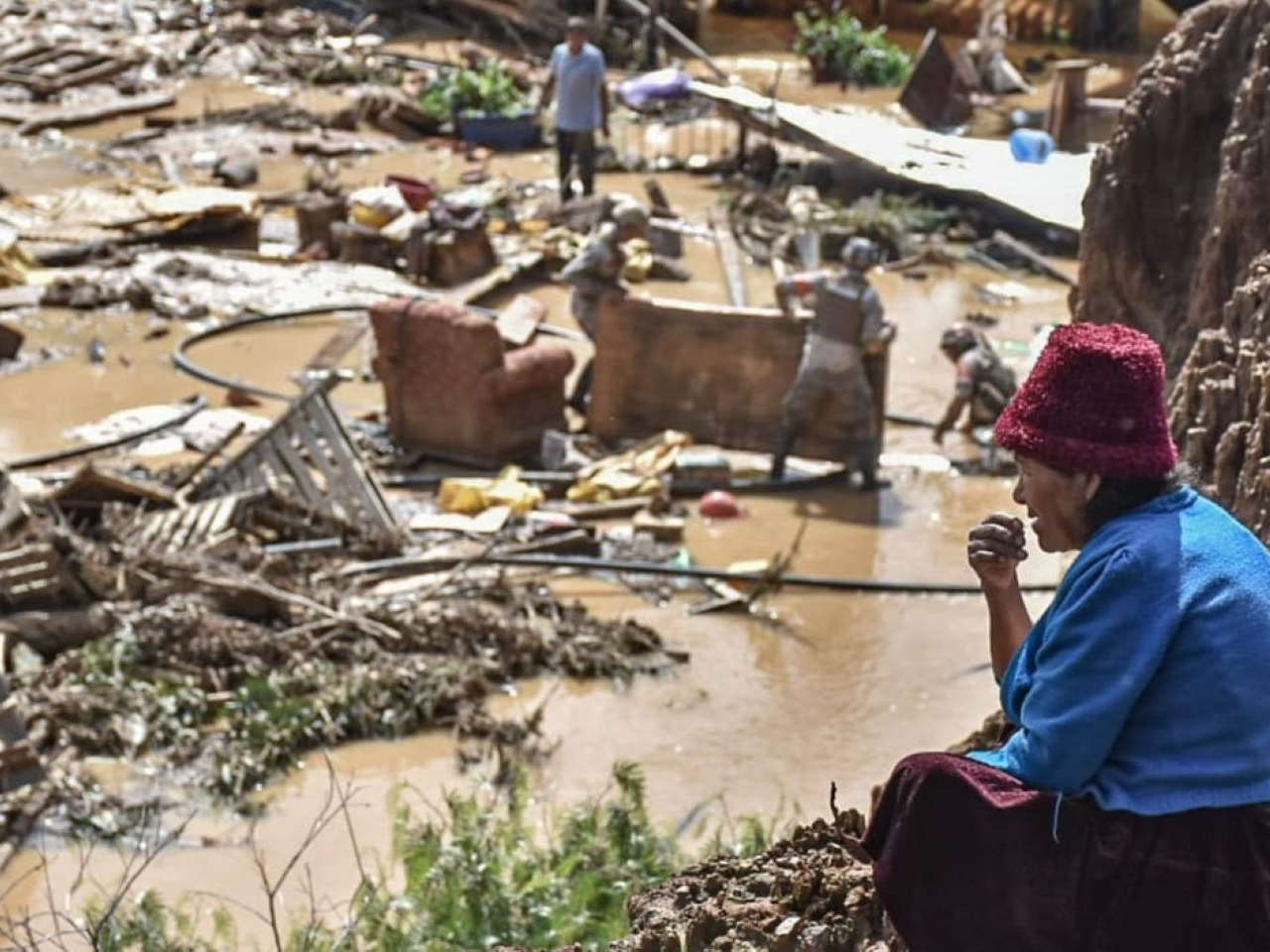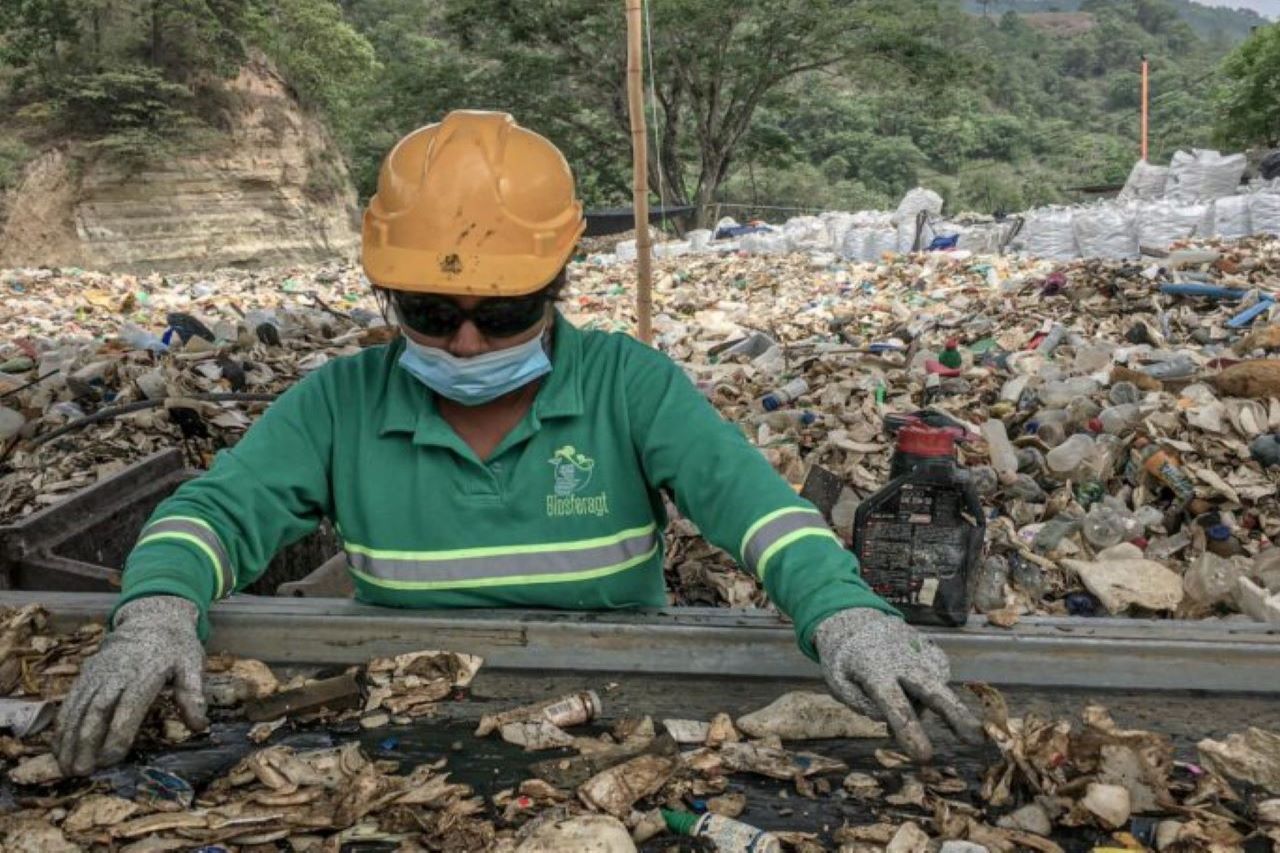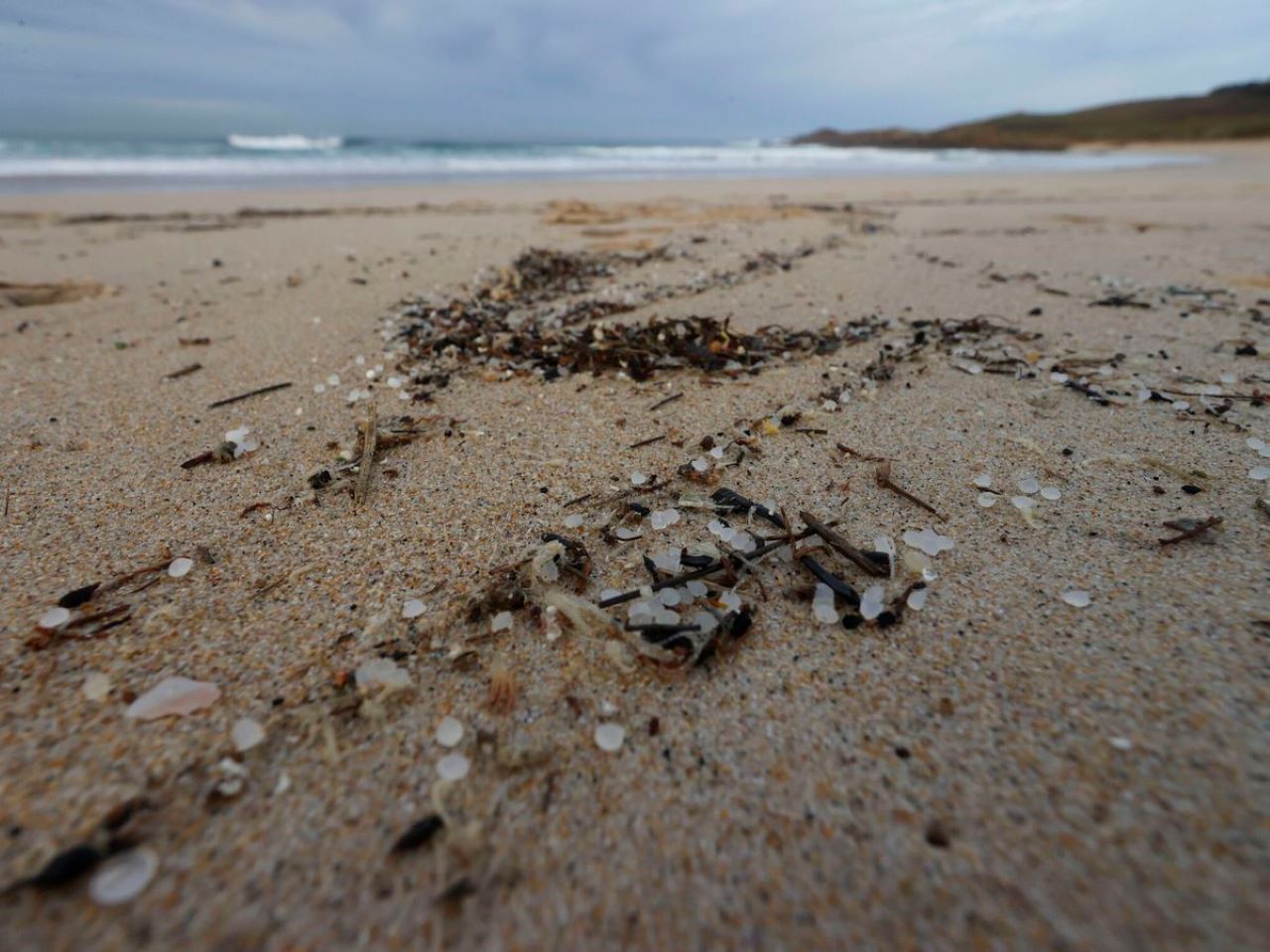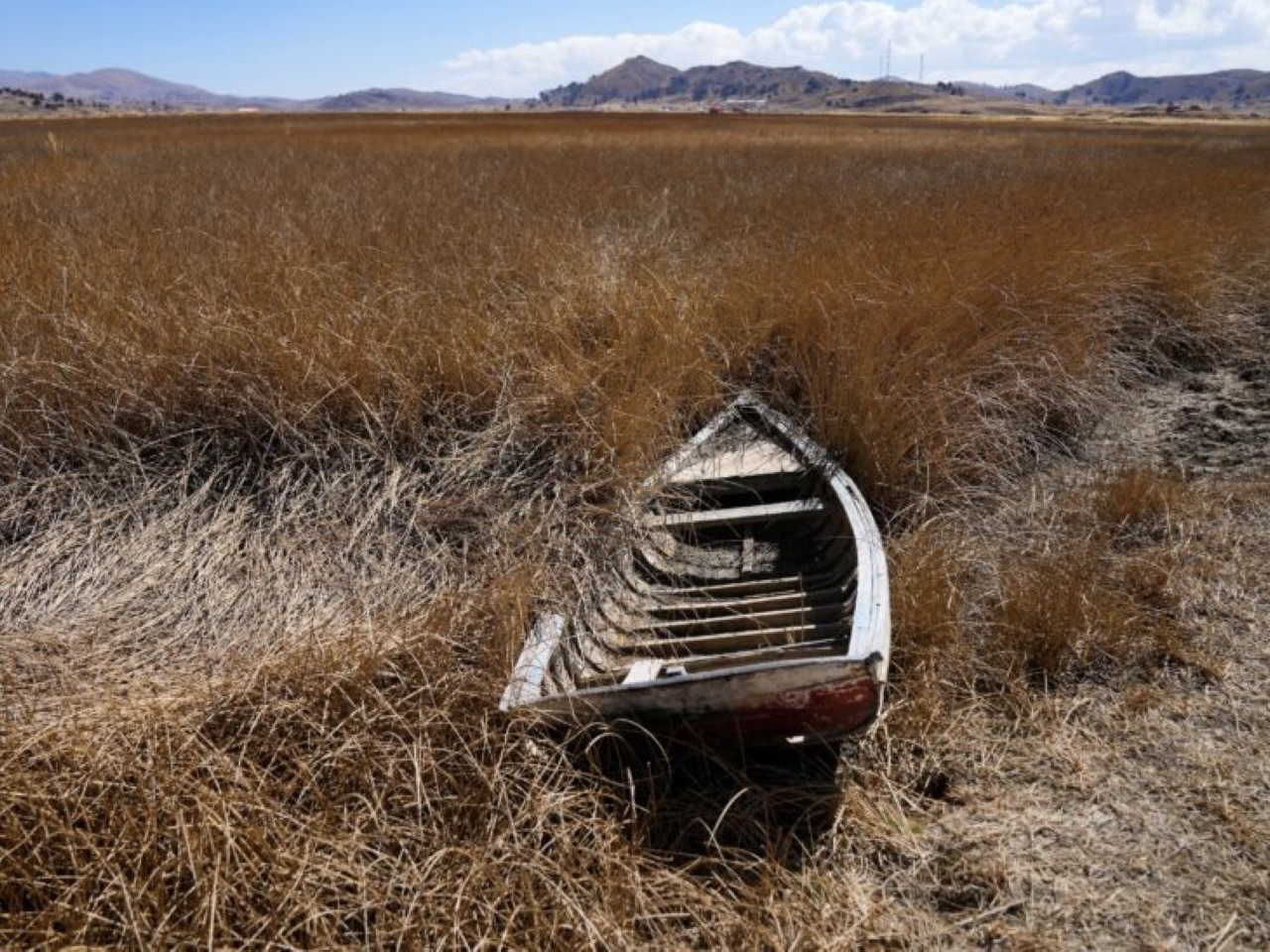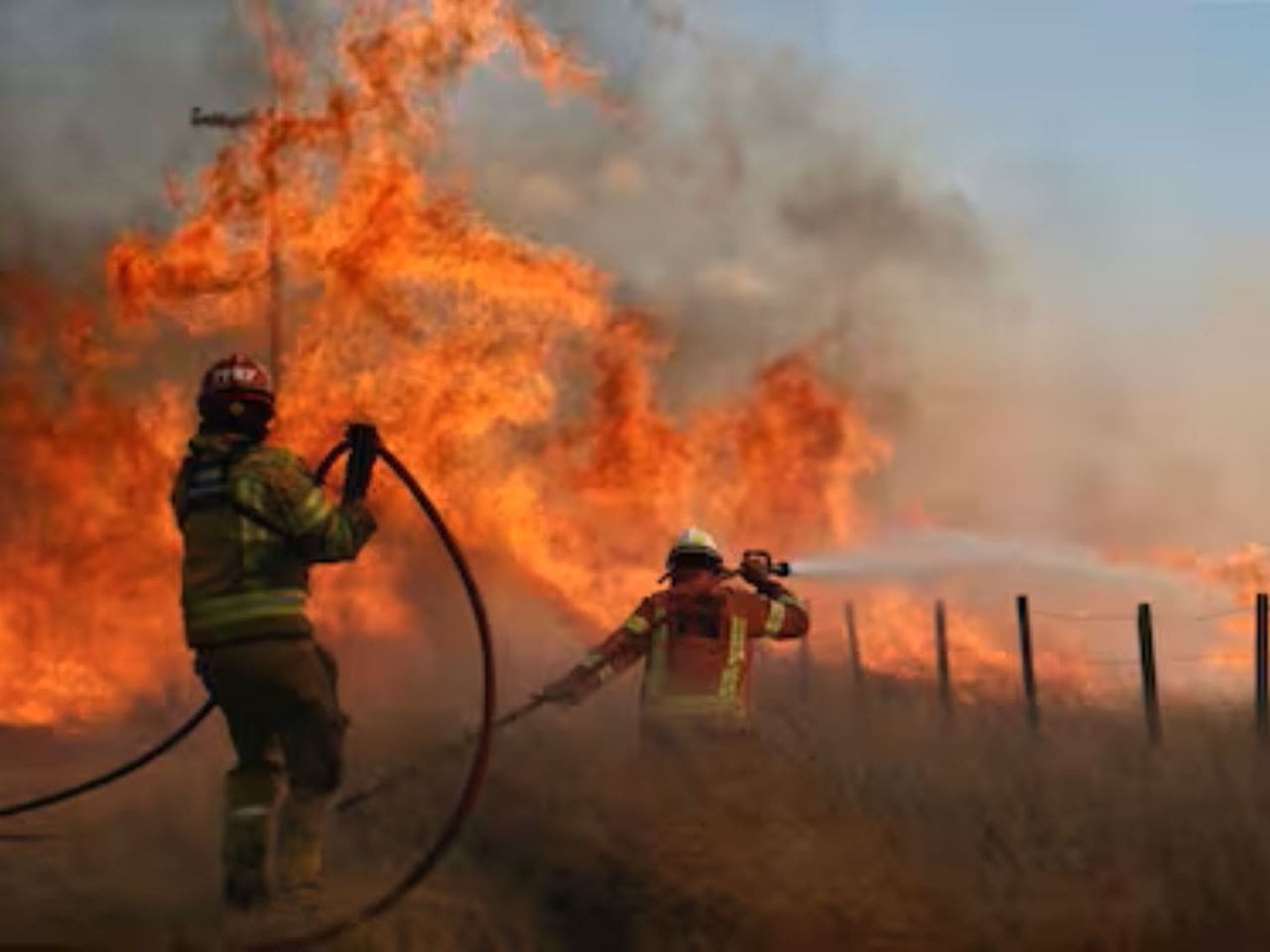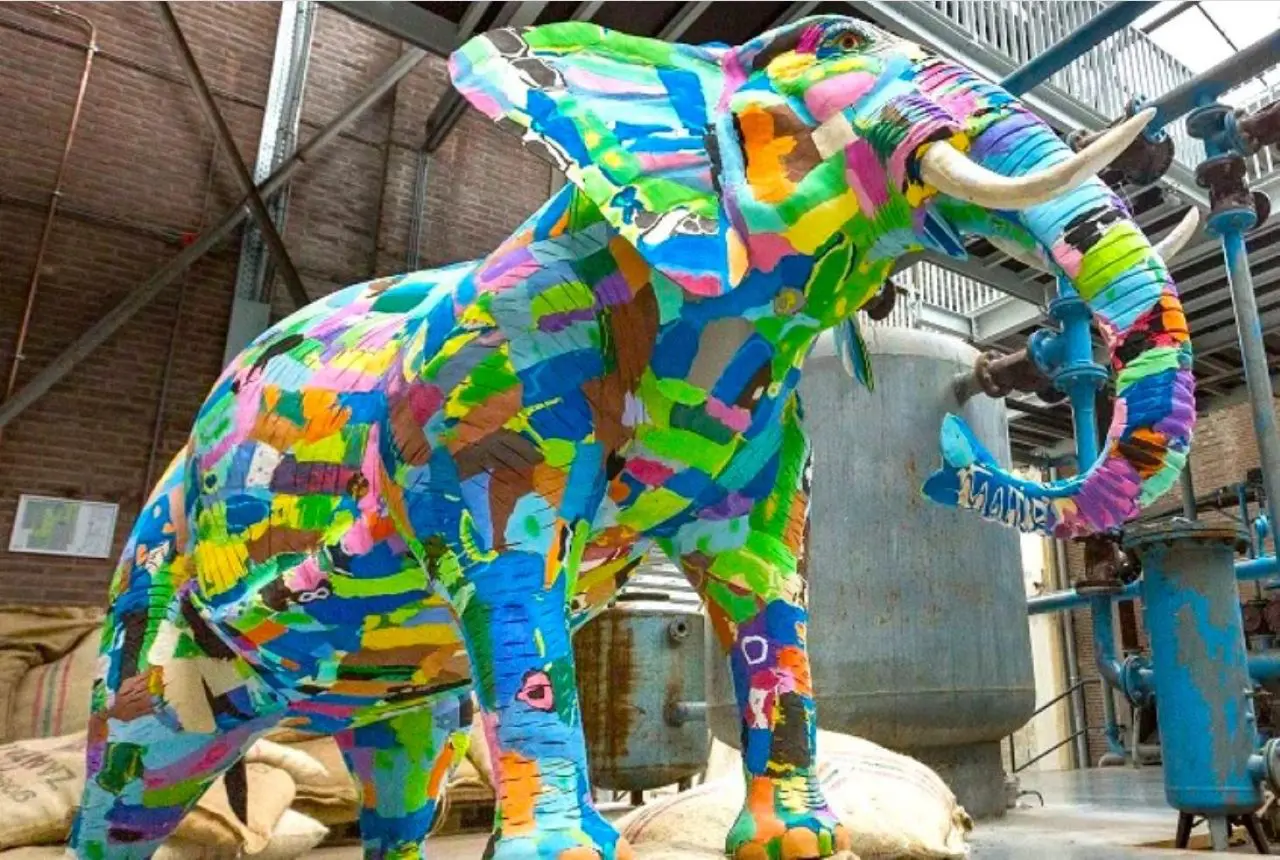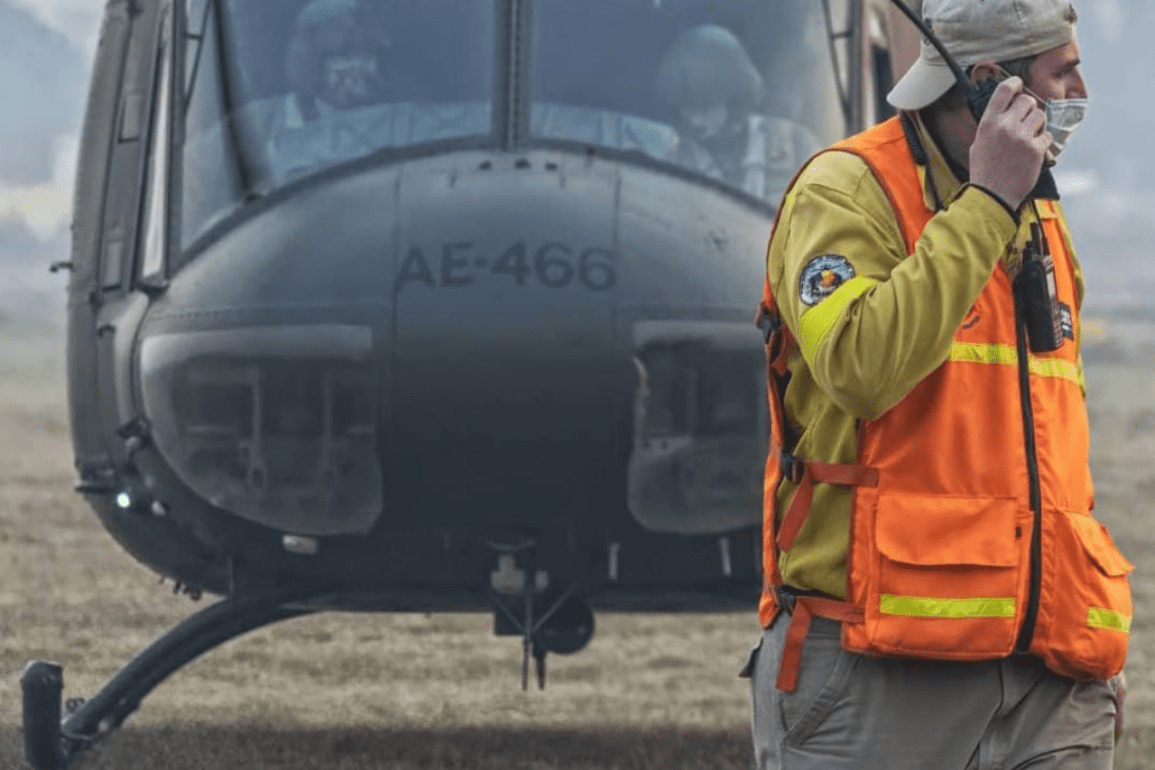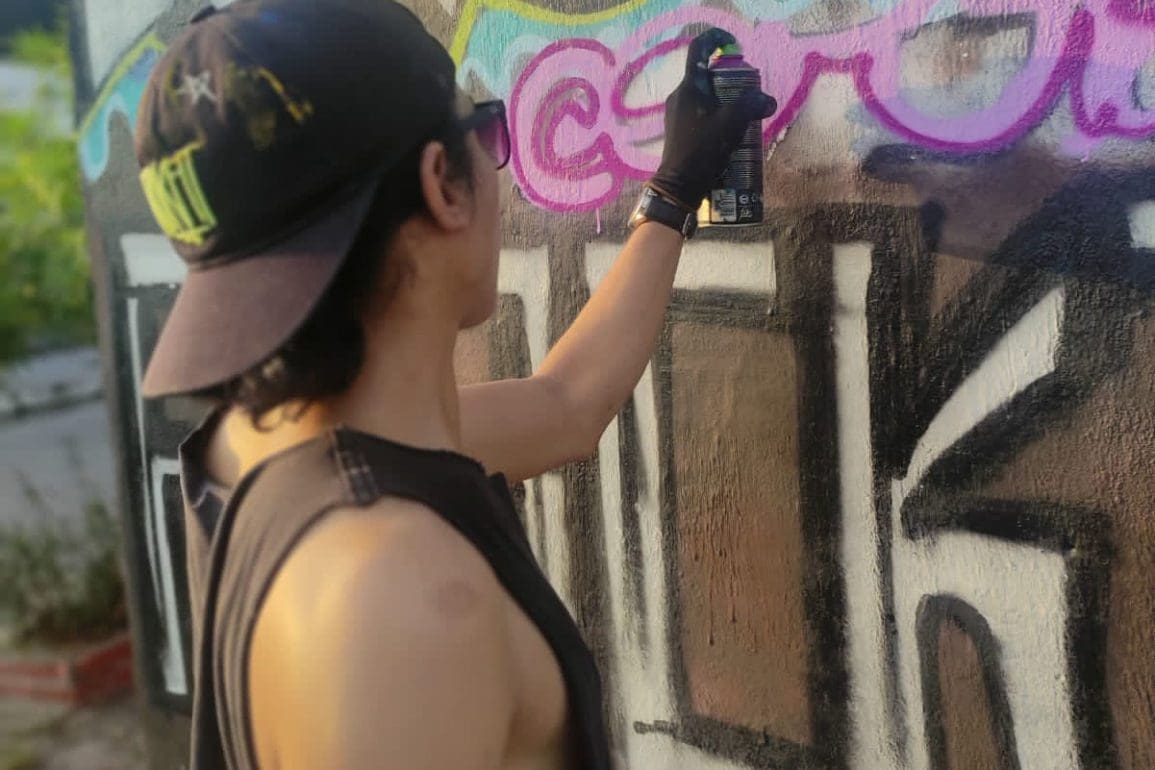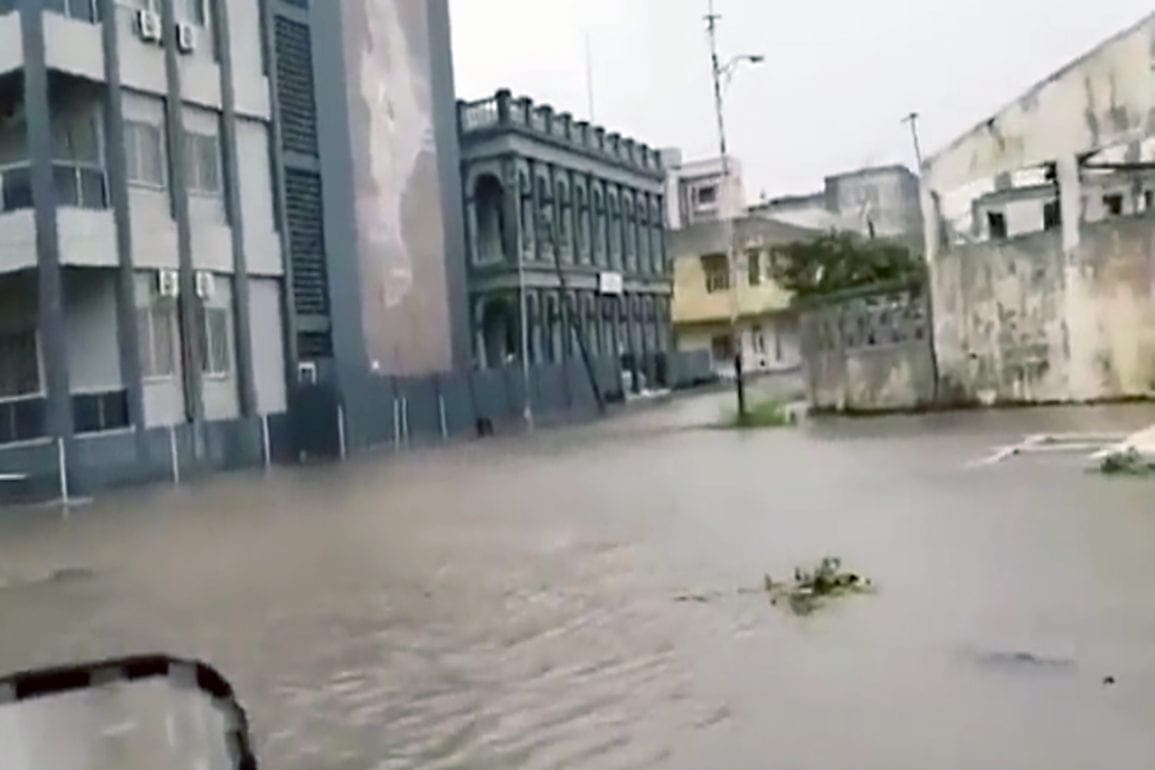Droughts are killing the elephants. They sway their huge ears with joy when I bring water
The elephants sway their huge ears and trunks with satisfaction, and I feel joy. The colorful mix of zebras, buffaloes, antelopes, and birds paints the landscape.
- 3 years ago
January 8, 2023
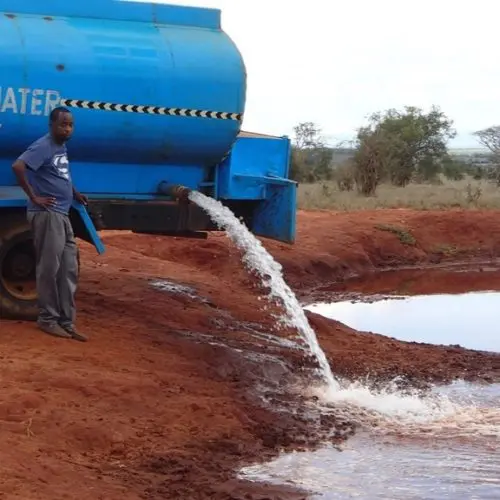
NAIROBI, Kenya ꟷ In my community, people call me the elephant man. On a normal day, I wake up at 7:00 a.m. and head off to the river where I fill up my water tanks. I transport the water I collect to the Tsavo National Park where I nourish the elephants.
After a severe drought in 2016, my emotions stirred seeing the antelopes, buffaloes, and other larger mammals hopelessly sniffing at their dry watering holes. The elephants roamed far, into homes and nearby towns, looking for water. I watched as animals began dying and I faced a turning point.
Gathering water into a tank in a truck and refilling the watering holes gives me the chance to bring relief to thousands of birds and animals.
Elephants mill around as I pump water from the tank, licking droplets from the pipe.
I grew up believing wild animals can care for themselves, surviving whatever conditions they face. Reality struck in 2016 when, during a severe drought, I realized wild animals cannot always care for themselves.
Like humans, they can be affected by drought, low food supplies, and lack of care when they need medical attention. My small effort to bring water to the elephants saves their lives. Every week I spend around $2,700 (USD) delivering 24,000 to 36,000 liters of water to the elephants at the national park. These deliveries also help thirsty buffaloes, antelopes, waterbucks, zebras, birds, primates, and more.
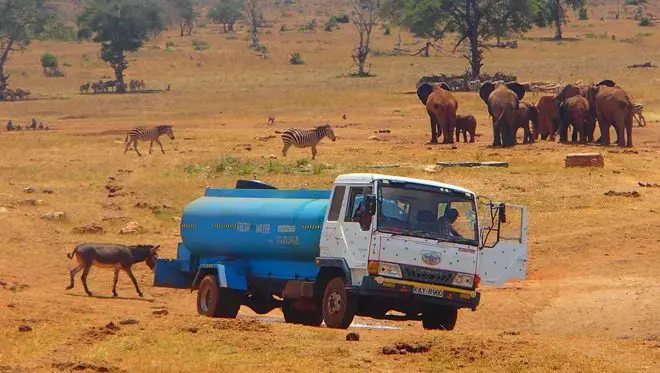
I transport the water from 50 kilometers away. Along the way, I traverse bumpy and dusty roads. When I arrive at the park, monkeys and hyenas greet me. The elephants, in particular, have mastered my schedule. They notice the minute my truck approaches.
Animals have feelings. They can remember, and they can relate. While wild animals can be very dangerous, when you do something good for them, they build a connection with you. The elephants mill around as I pump out the water, licking droplets from the pipe.
While they keep their attention firmly on the water, I remain cautious. I know they are wild and can still cause me harm. When I began this work, I had no money to invest or the water tanks needed to be efficient. I persisted anyway, and as people began seeing my story on social media, they came out in support. An American friend backed the project financially and I bought my first truck.
This works takes all day, but when I see the elephants drinking, the buffaloes gathering, and the warthogs playing, it fills me with satisfaction.
I stand back and watch the animals drink, bathe, and play
I never stop. For more than a decade now, I have delivered water to the expansive Tsavo National Park to quench the thirst of thousands of animals. From filling up my water tanks at the river, to collecting rain in pans at dams, to utilizing solar-powered pumps, I reach animals near and far.
Changes over these ten years offer a clear reminder of advancing climate change and its danger to every living thing. A time existed when regular rains filled the park with water. Today it often must be collected and brought in. Prolonged droughts leave animals desperate, straying onto farms in search of water. Human-wildlife conflict grows as the thousands of elephants who call the park home encounter humans. Sometimes, death results. Yet, I carry on.
Every morning, I check the condition of the truck and make sure we have enough fuel for the task in front of us. When facing challenging situations, I call on wildlife wardens for assistance. Once the water gets delivered, I stand back and watch the animals drink, bathe, and play in it.
The calves love diving right in to cool their bodies, which bake in the scorching sun as temperatures soar above 38 degrees Celsius (100 Fahrenheit). The elephants sway their huge ears and trunks with satisfaction, and I feel joy. The colorful mix of zebras, buffaloes, antelopes, and birds paints the landscape.
Last year, Kenya Wildlife Service reported that more than 100 elephants and other wildlife died within the Tsavo ecosystem since the onset of the drought. Through my organization Mwalua Wildlife Trust we created a community where people can be involved. Every type of participation makes us all part of this team.
















































